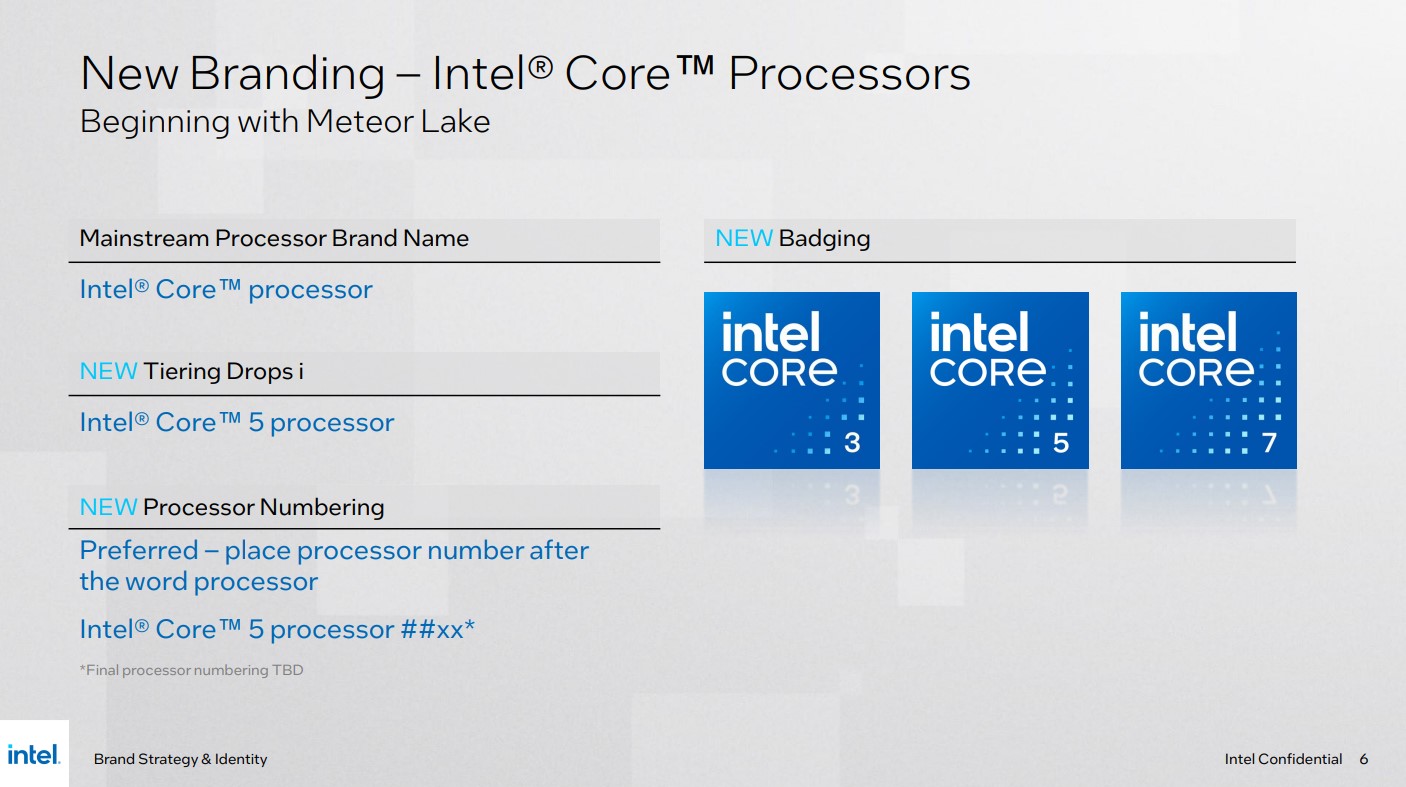The question is why? Christopher Hirsch, director of product branding of Intel, says The Verge that the technology press, retailers, equipment manufacturers and partners have relegated the name Intel and processors are identified only with a letter and a number. A company investigation found that it was the word Core and not i5 or i7 that led to the association with Intel. If we add to this that after eliminating the “i” the name cannot be shortened easily, the decision to annihilate the vowel was the perfect solution.
“People won’t go around saying ‘I bought a seven,’” says Hirsch. People will say that they have bought a Core 7 and, according to the experts, since the word Core is the one that is linked to Intel, the name of the company will always be present in some form or another.

Today we not only see the murder of the “i” and welcome Core 3, Core 5 and Core 7, but we also greet the Ultra with a round of applause. This is a new category of processors, Core Ultra 5, Core Ultra 7 and Core Ultra 9, details of which will be released later. Hirsch advances that the Core Ultra will include more functions than the Core, such as Arc-level graphics integrated into the processor or AI capabilities.
Enthusiasts will be happy to know that Intel will maintain the alphanumeric identifier of the chips that allows identification of their capabilities and generation. Here are three invented chip names that Intel has offered to show that the nomenclature hasn’t changed much: Intel Core Ultra 9 1090H, Intel Core Ultra 7 1070K, and Intel Core 5 1050U. They are only three examples. The HX, K, F and company will continue to exist as before. For the uninitiated, the processor suffix indicates the capabilities of the processor based on the segment (desktop, laptop, and embedded) to which it belongs.














